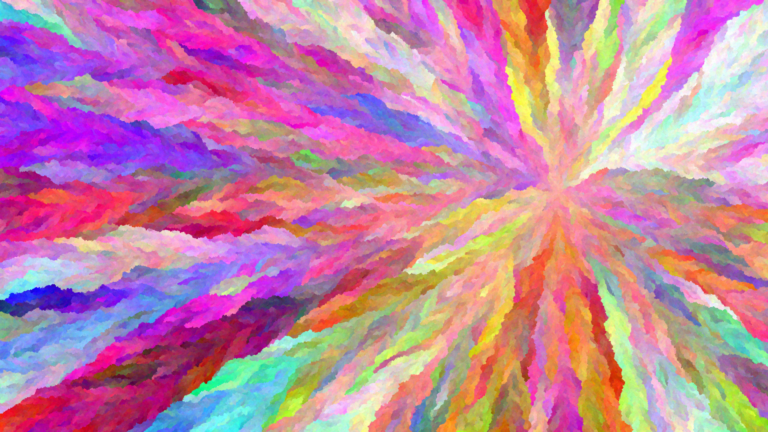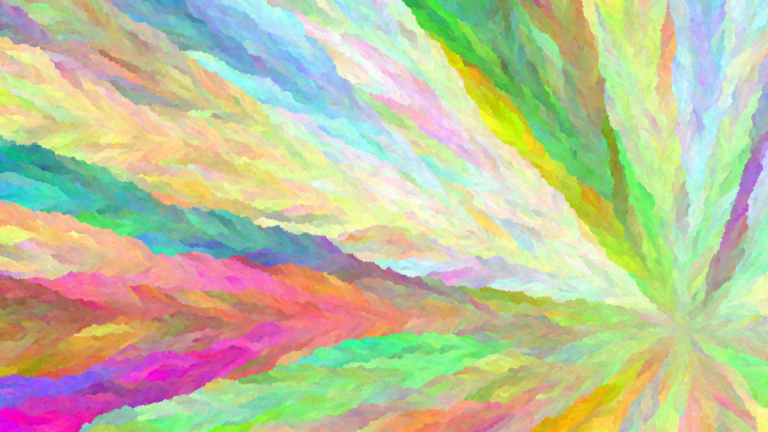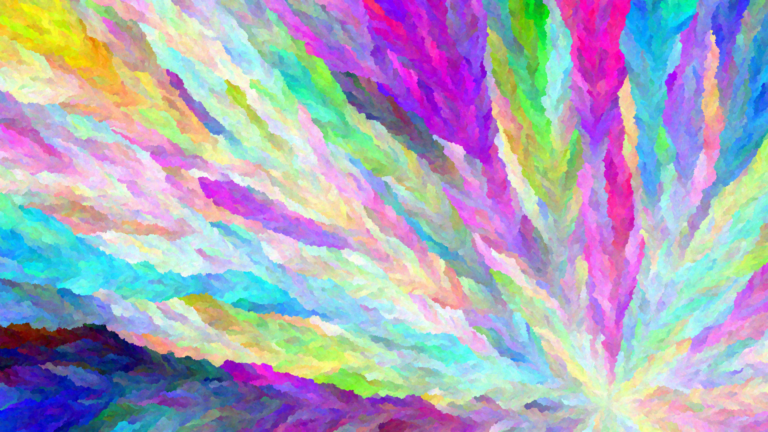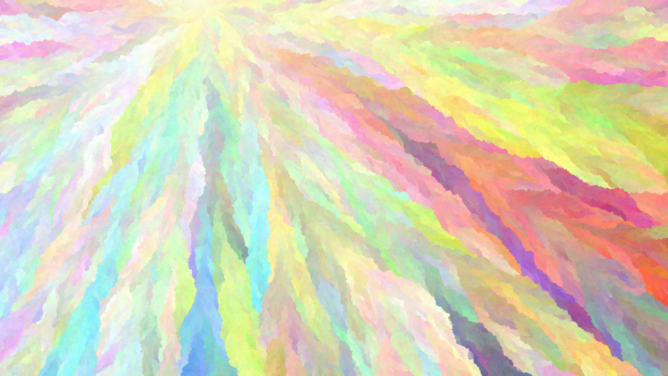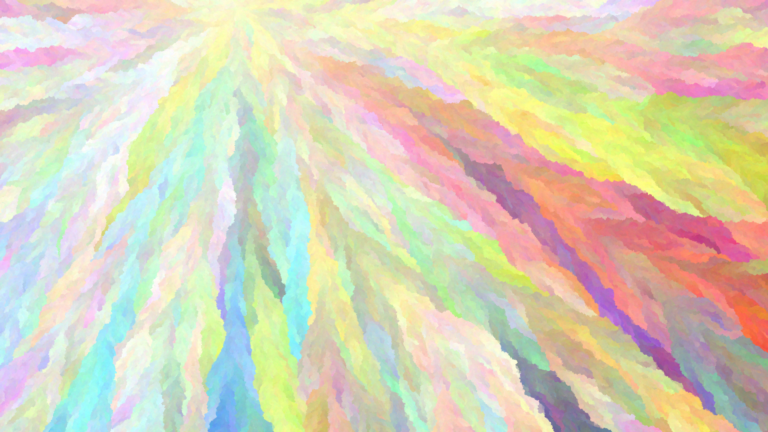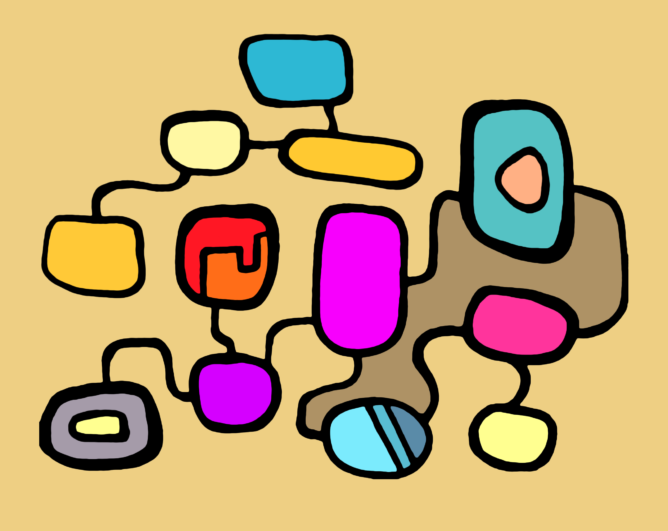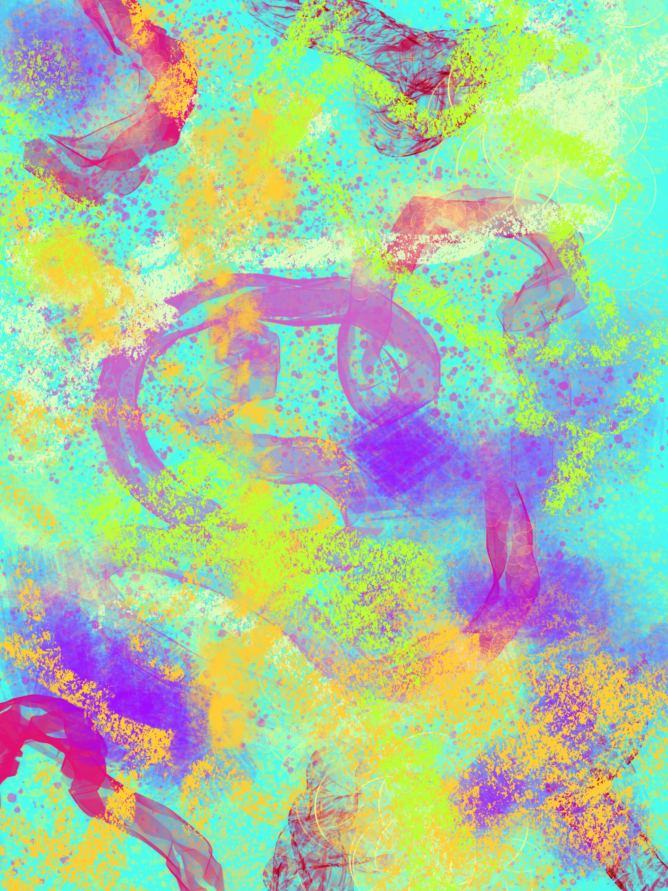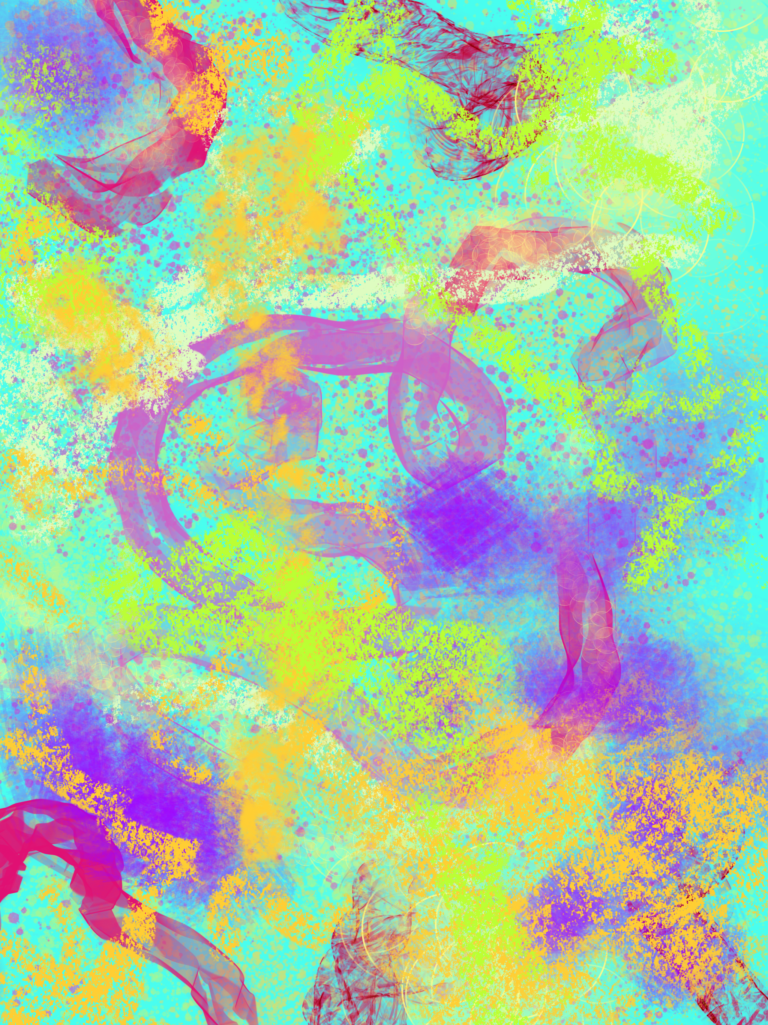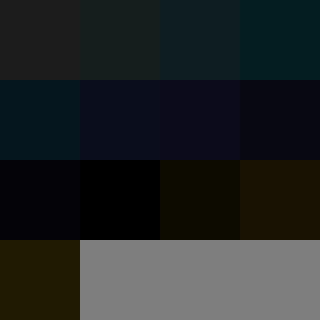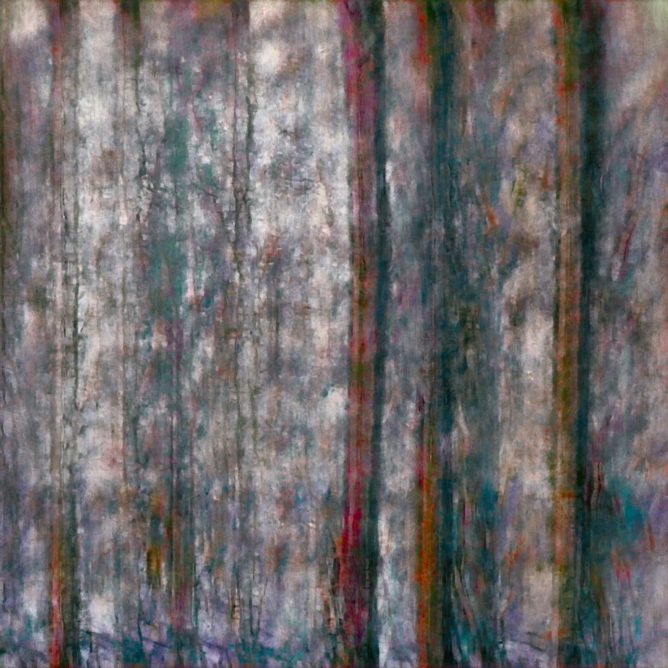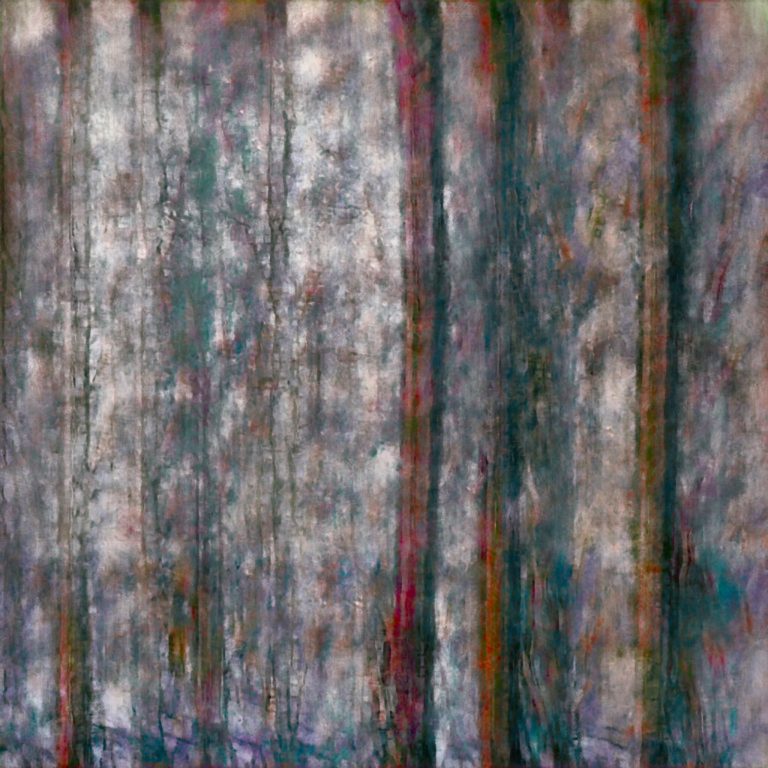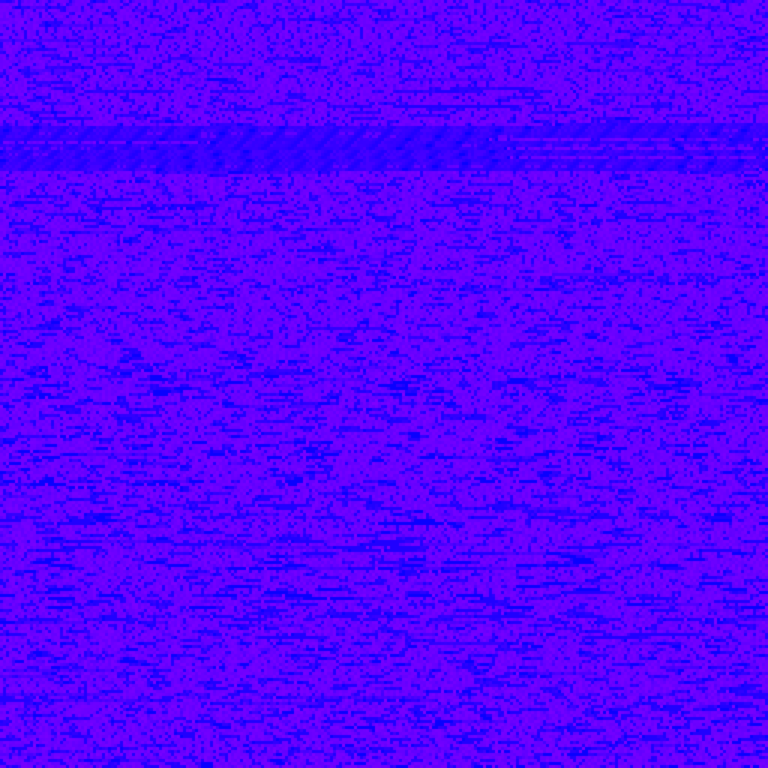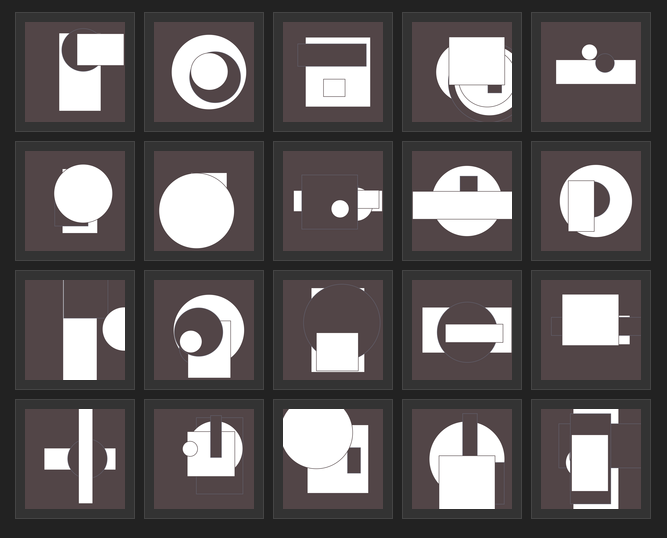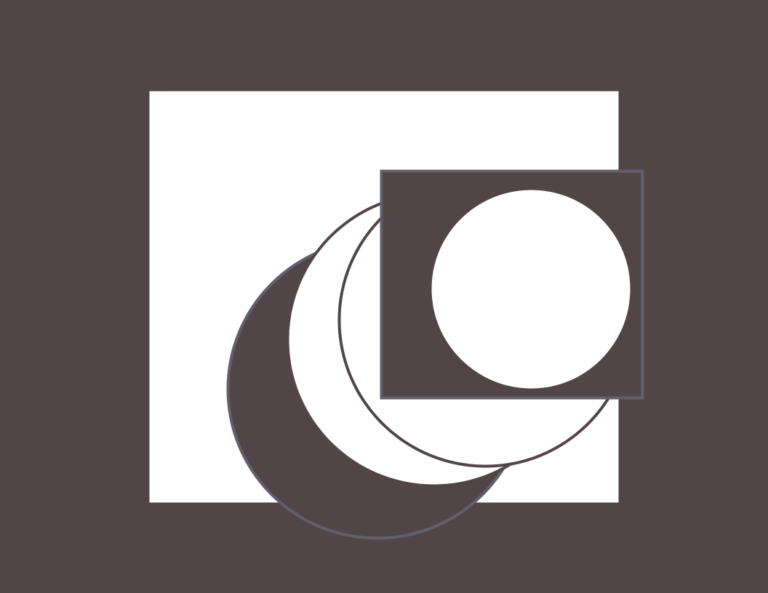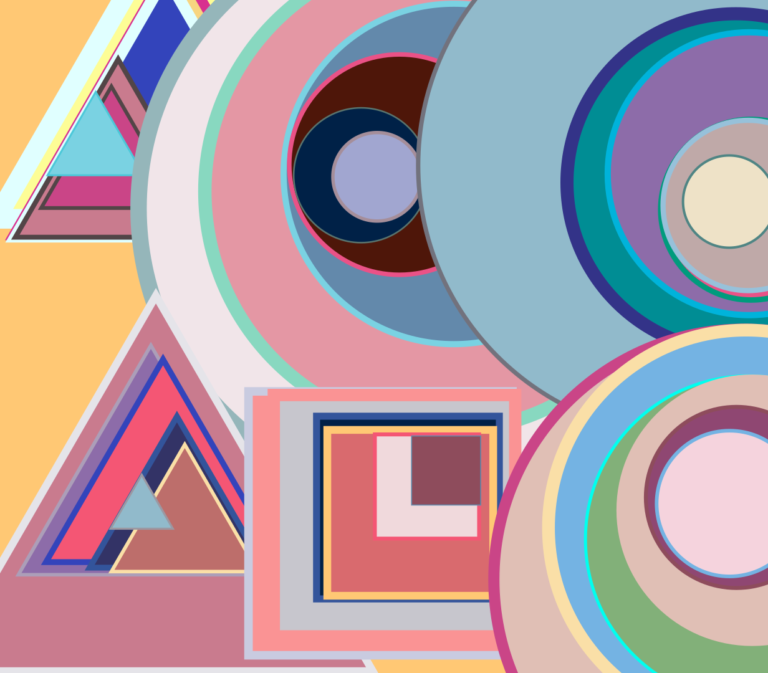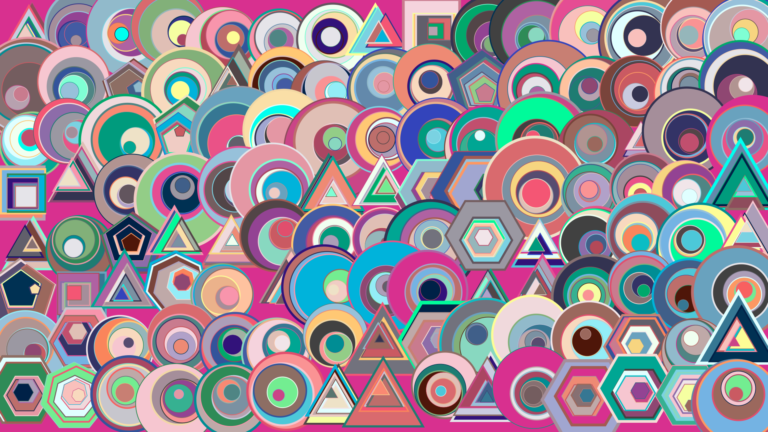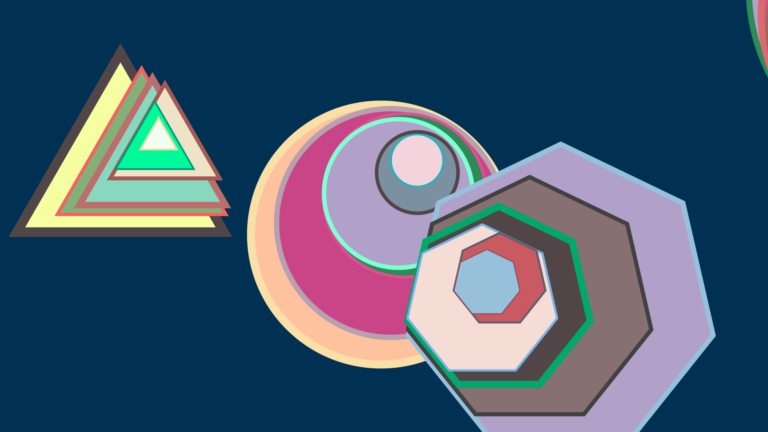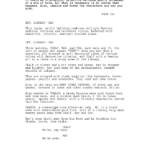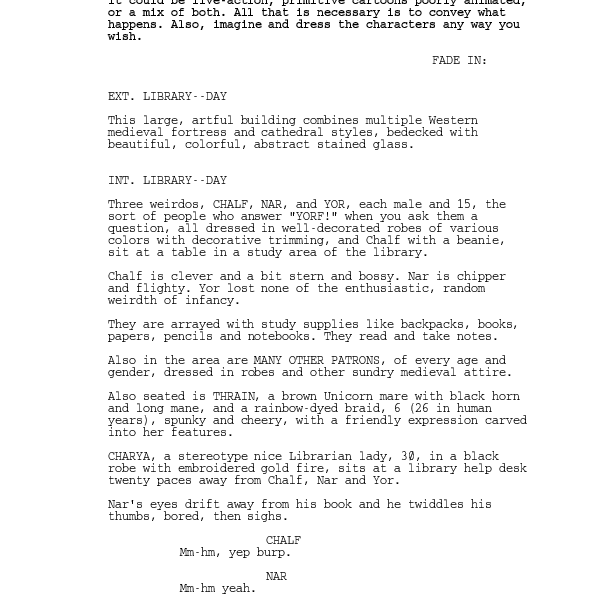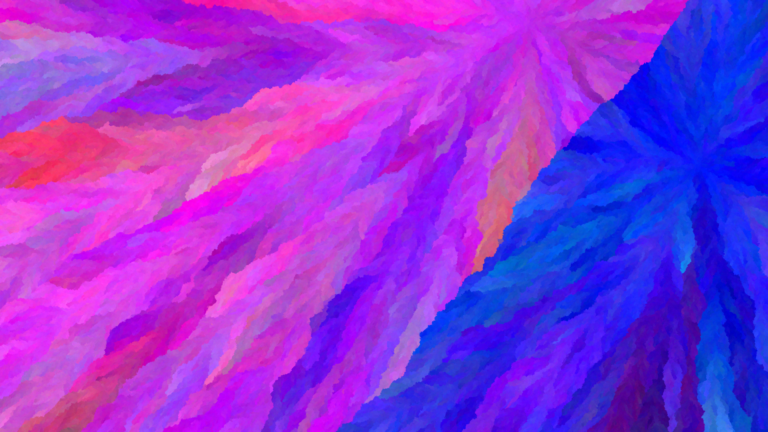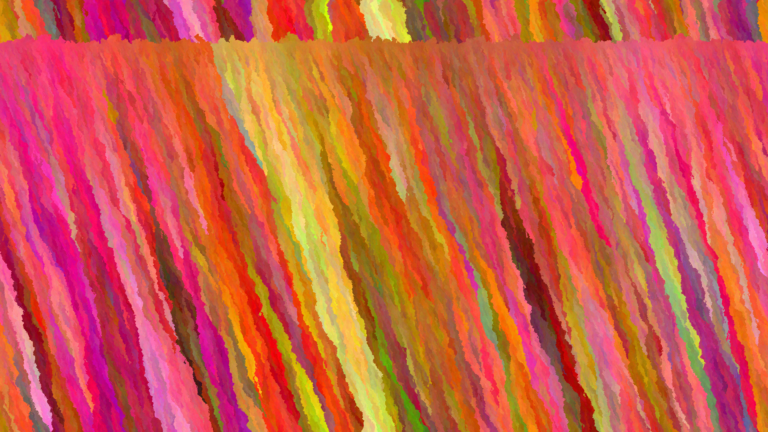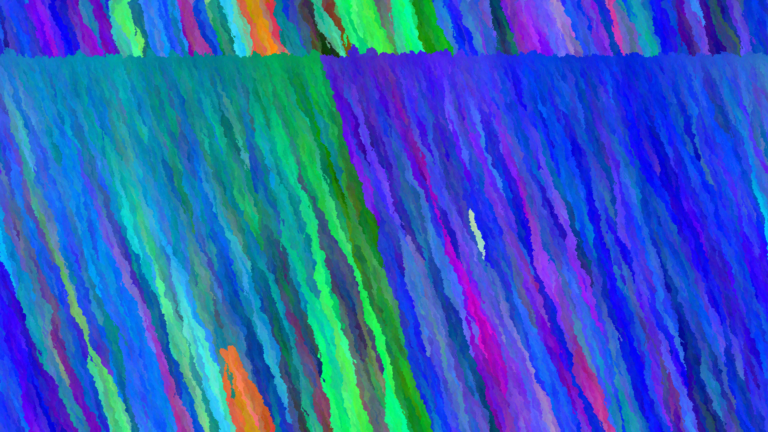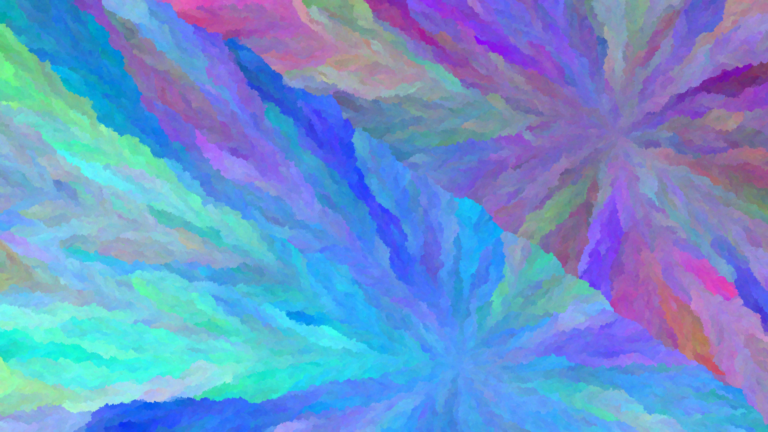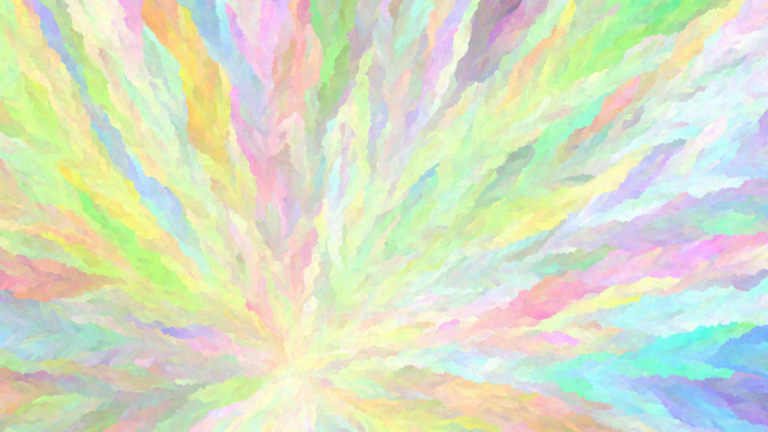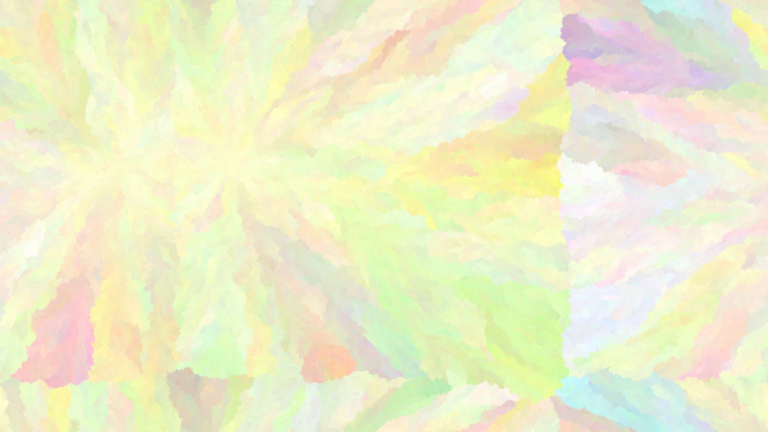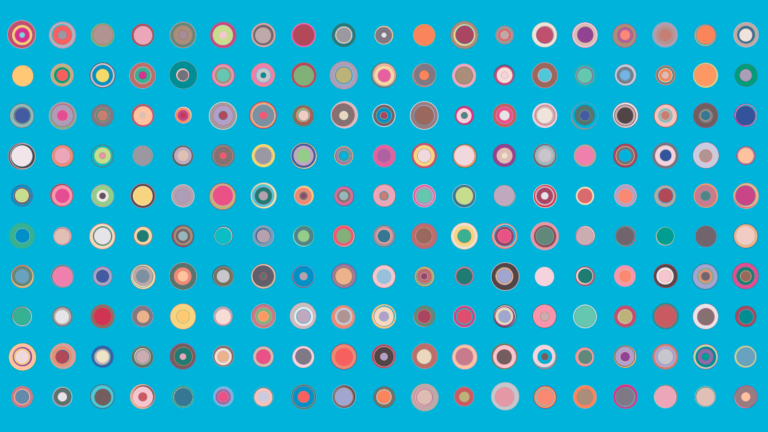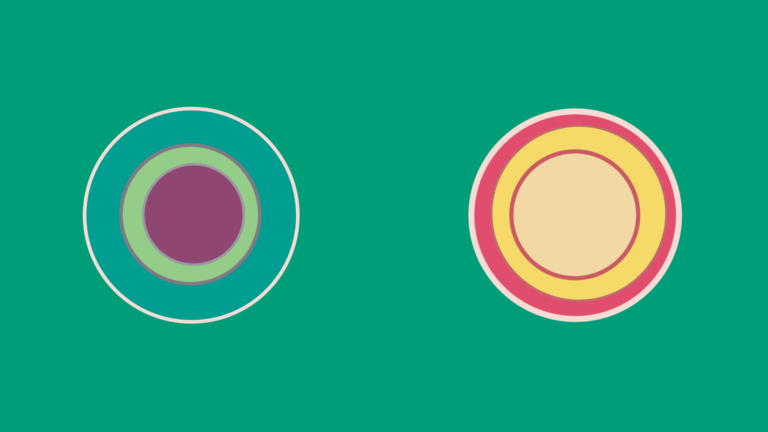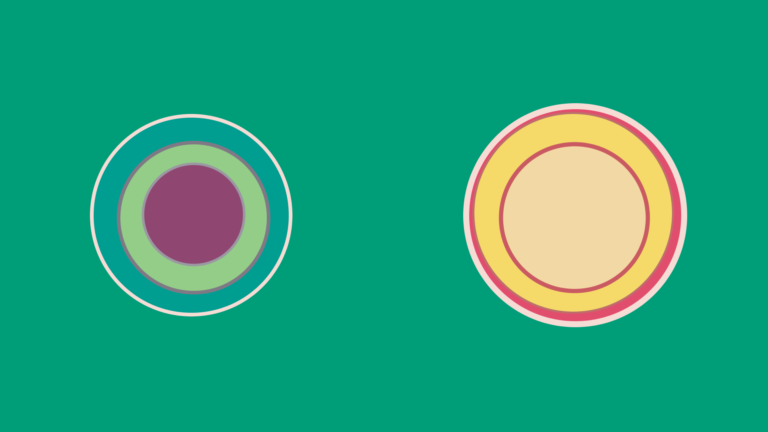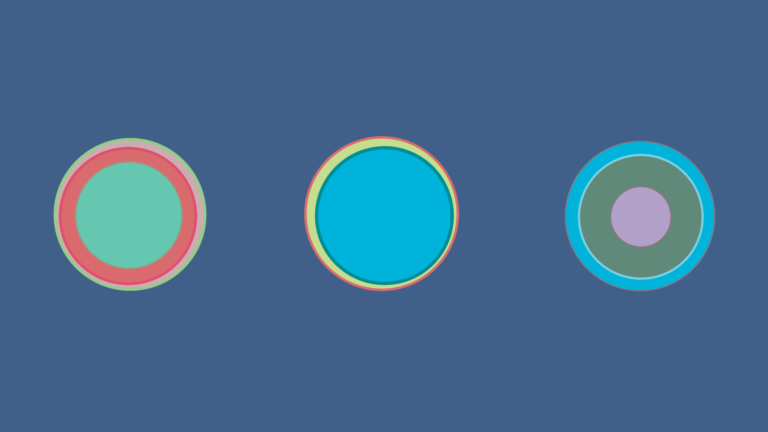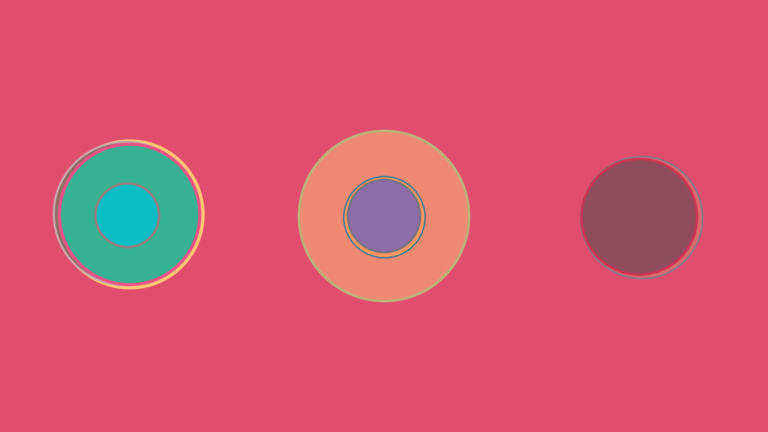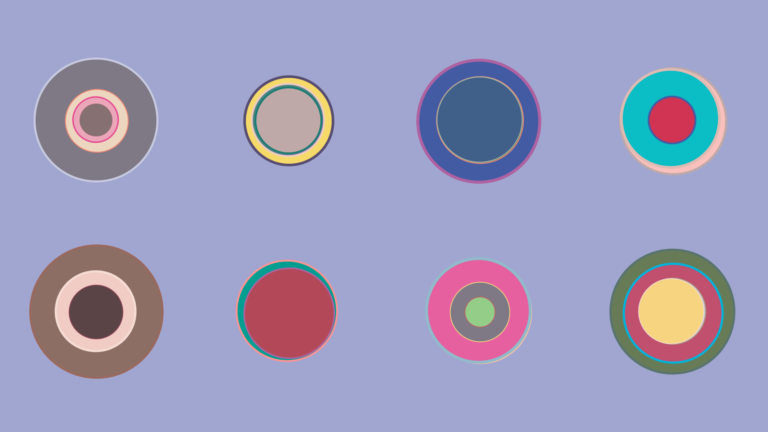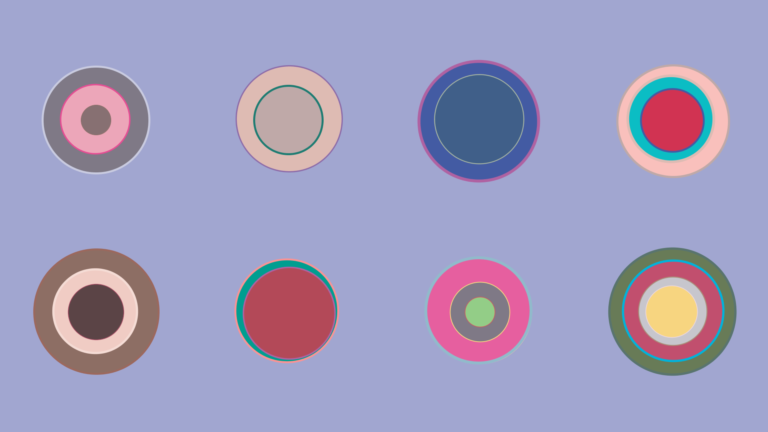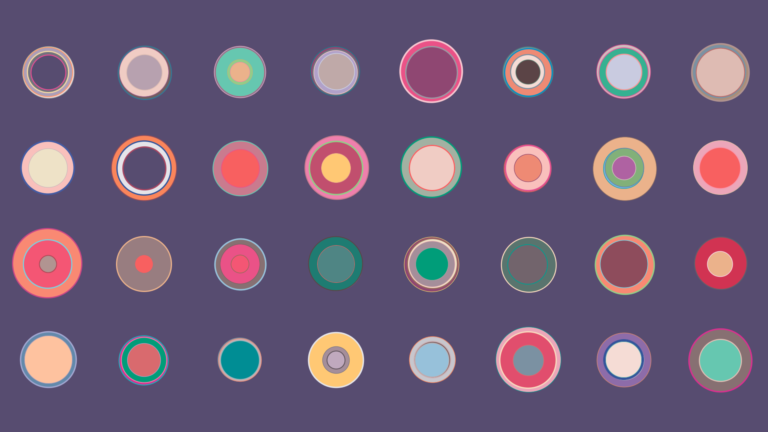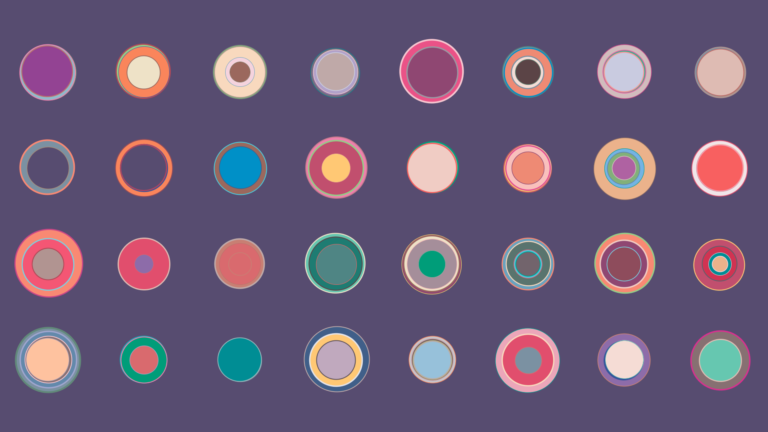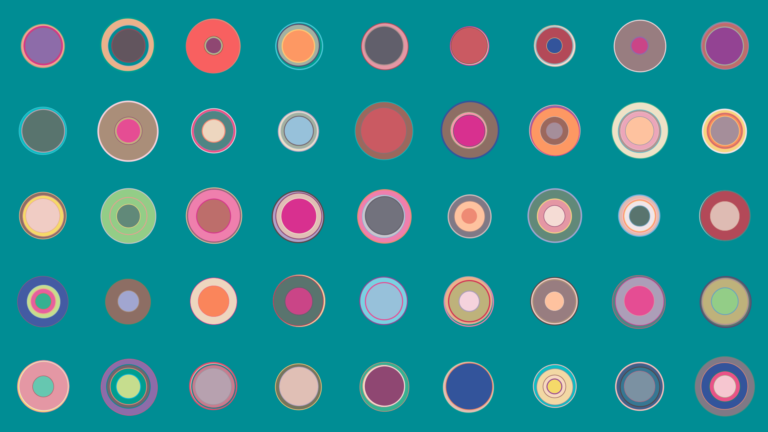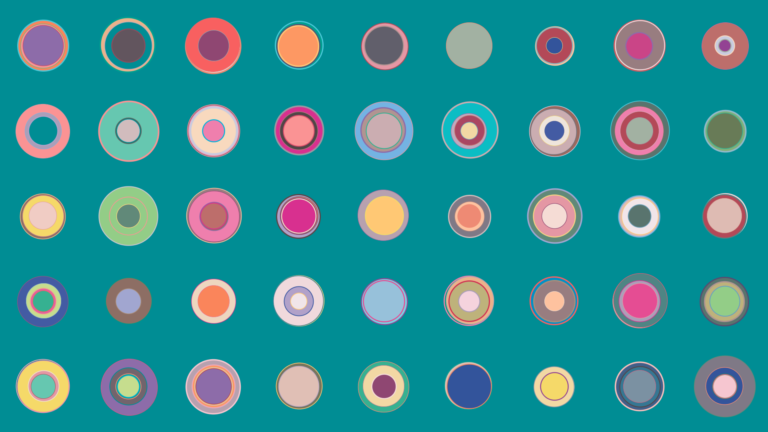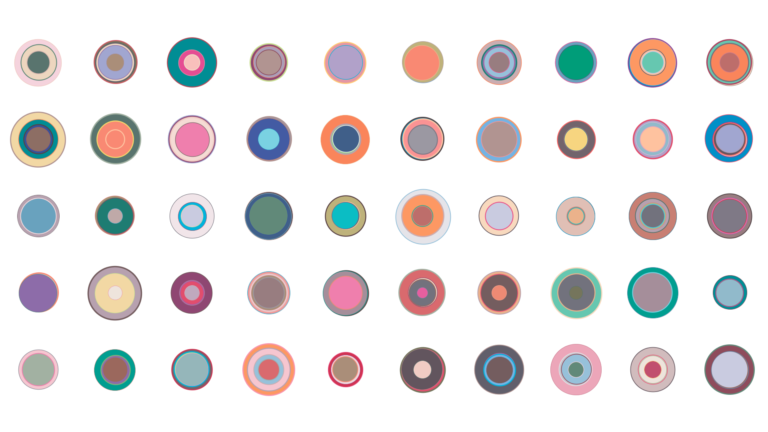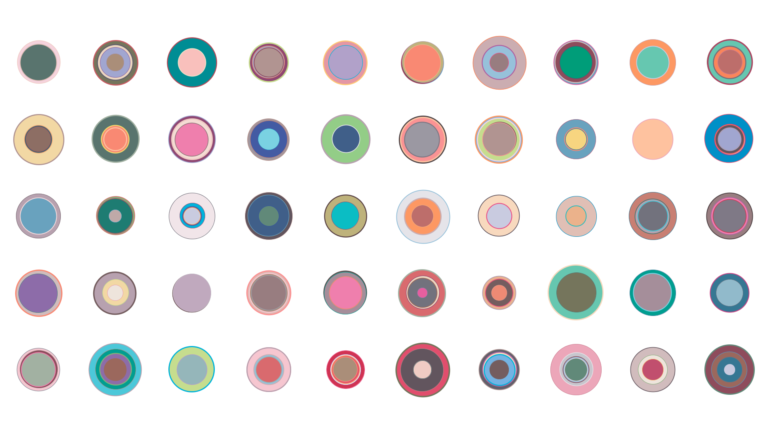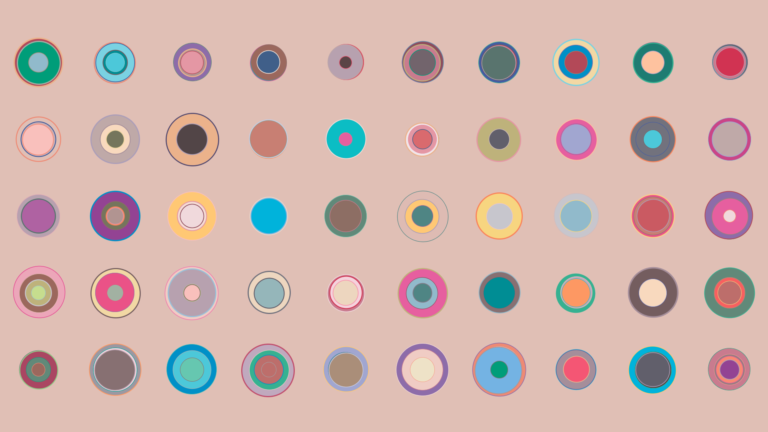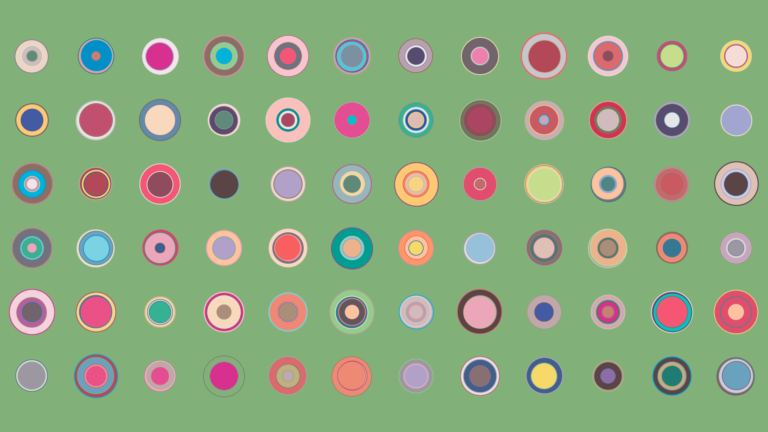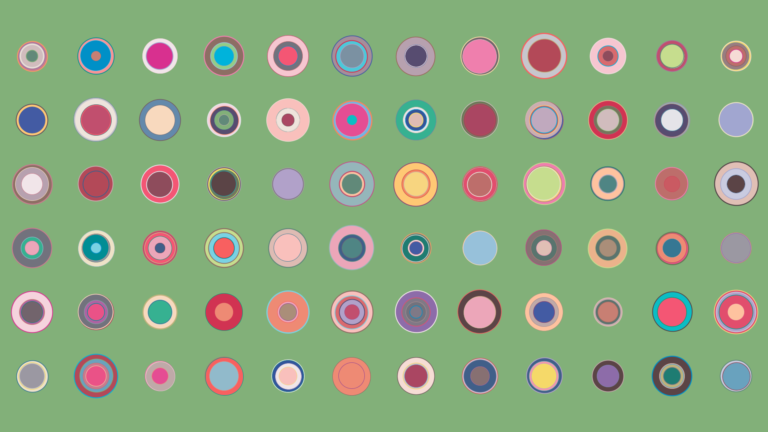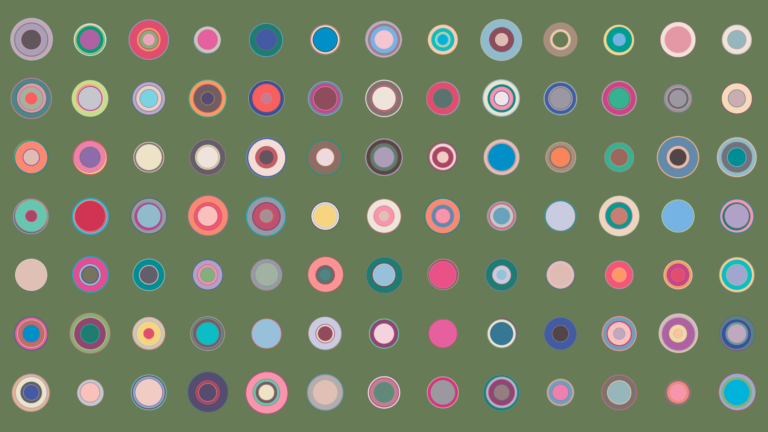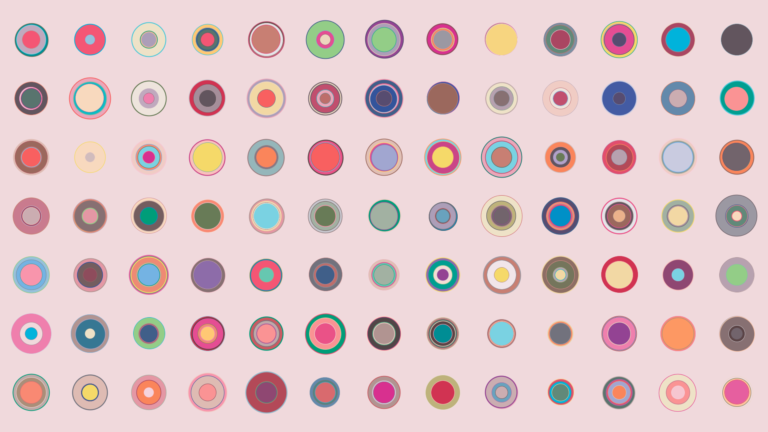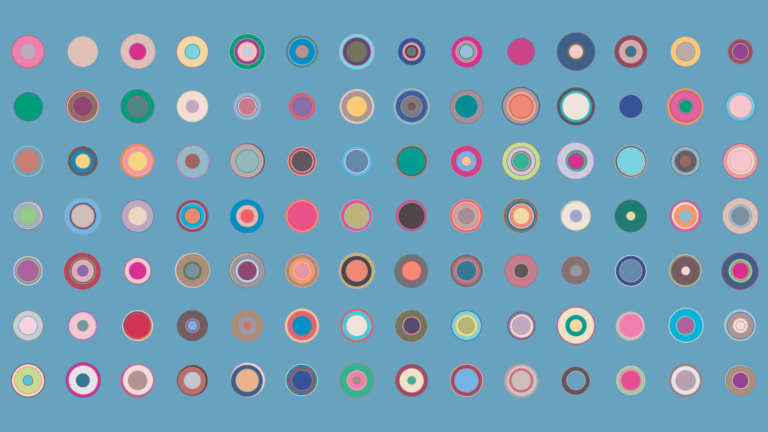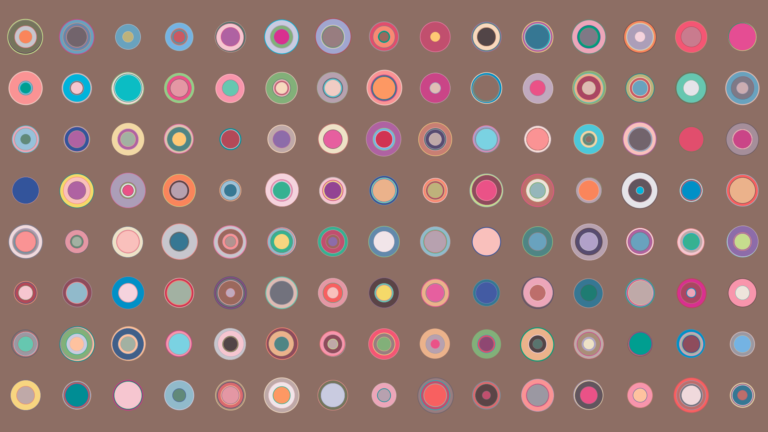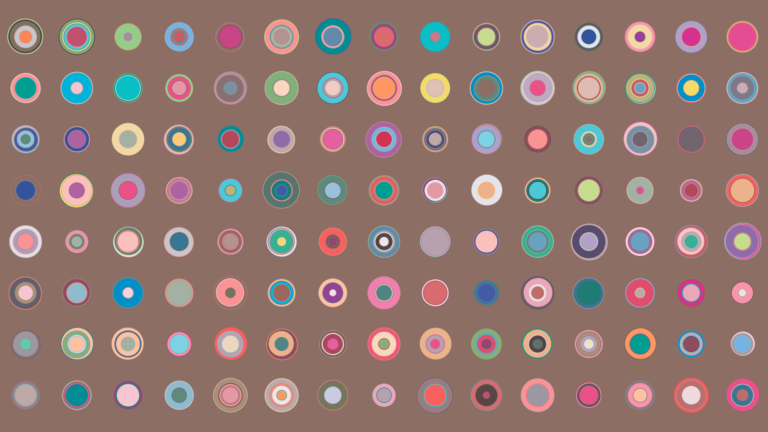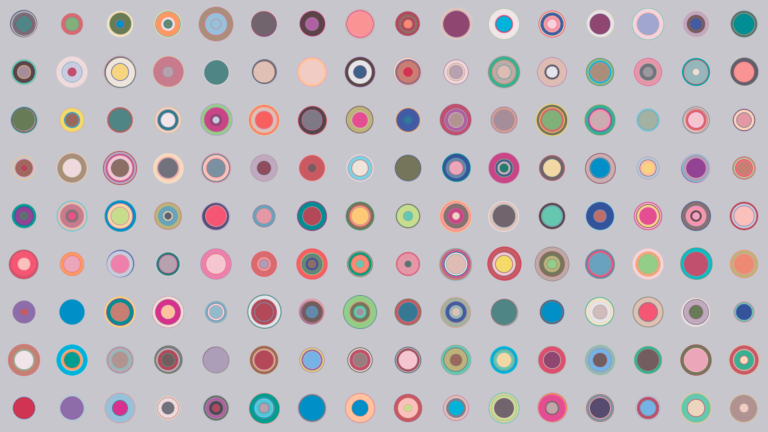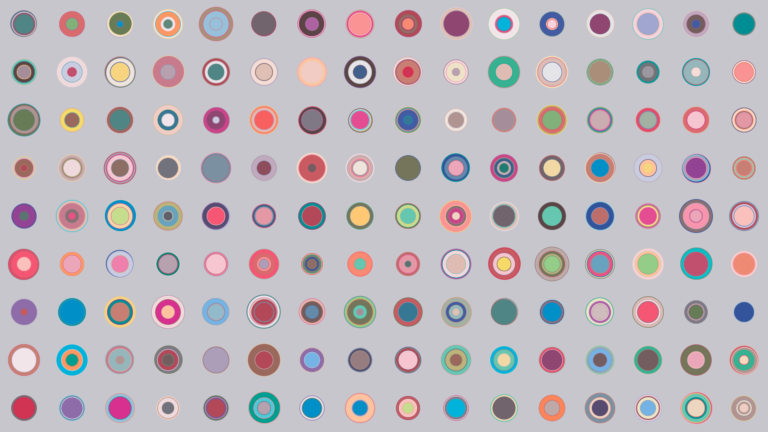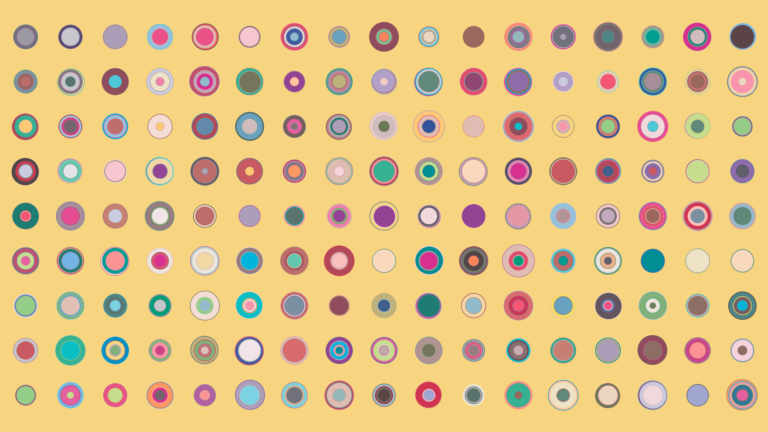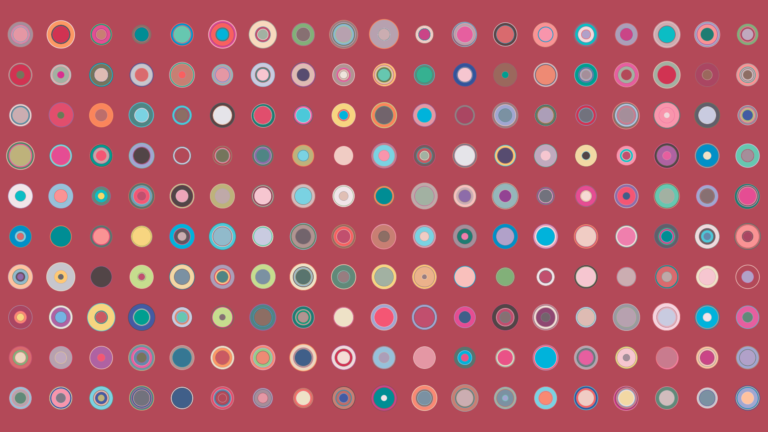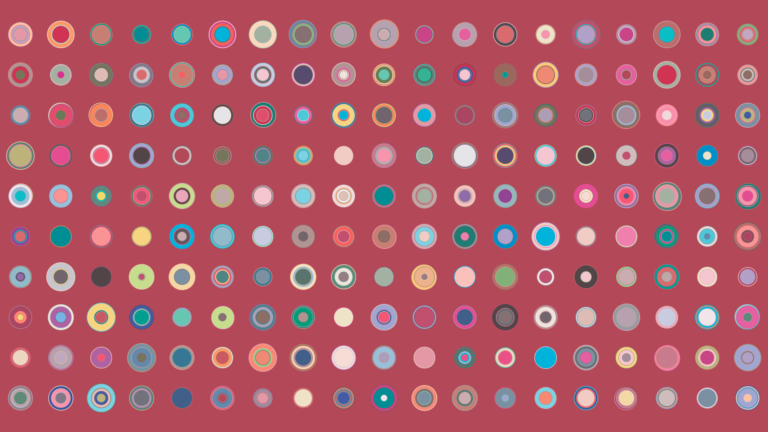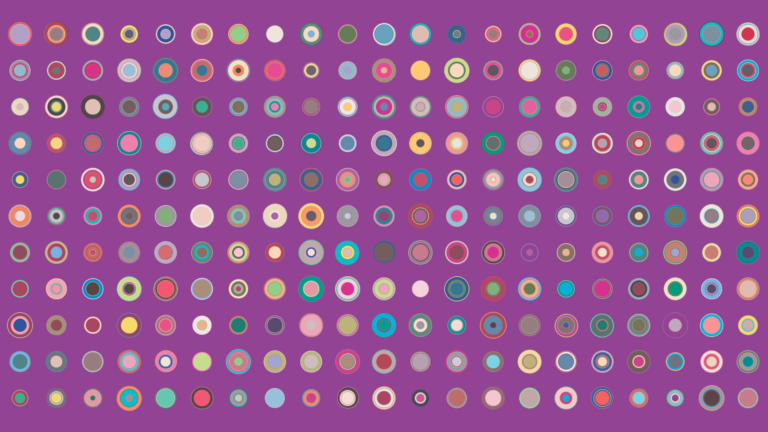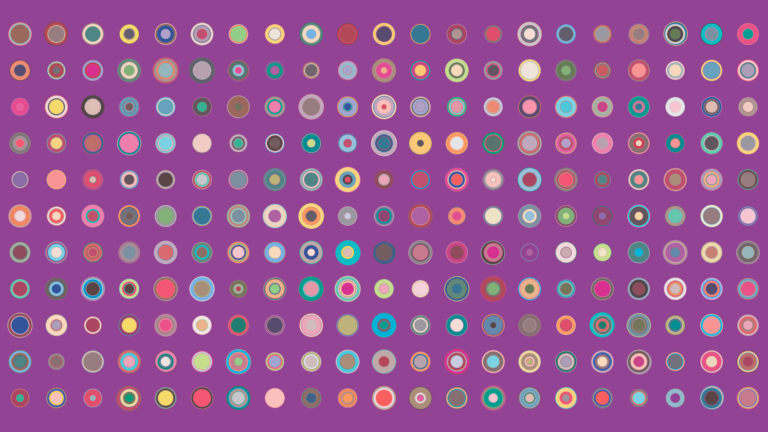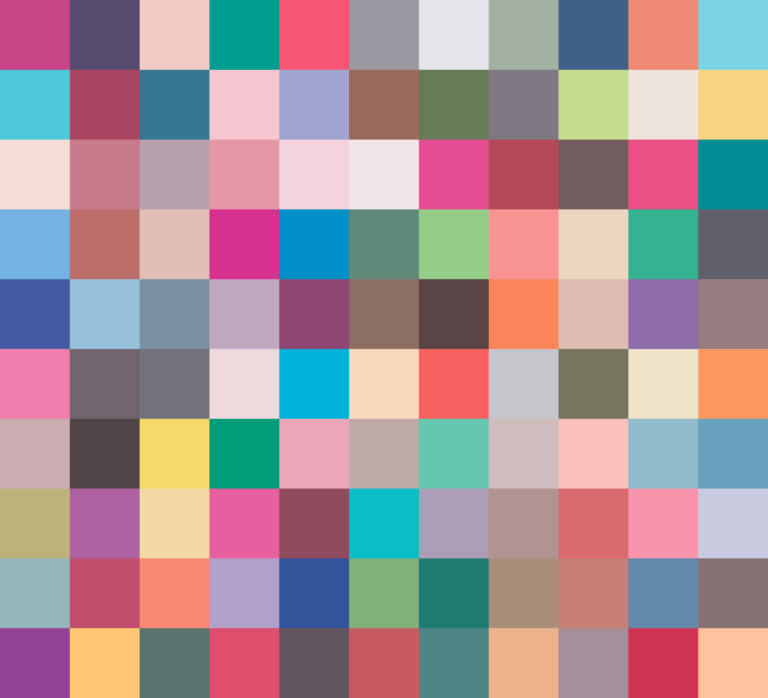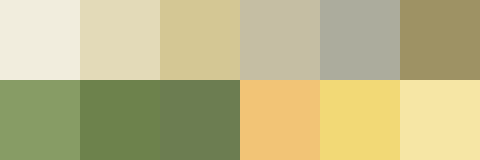[EDIT: re-watching the animation, I think it's too slow. I'll make future animations around ~2x faster.]
Four HD animations (in one video) of color growths generated from my Python script color_growth.py (see http://s.earthbound.io/colorGrowth). The last stops near completion because at this writing that animation is not complete. This post starts with stills of the completed renders, then links to (or includes?) a YouTube upload of it. If you're seeing this post syndicated, you may have to look at the original post to see the video.
YouTube video:
In batch rendering these animations I found that the renders proceeded far too slowly for my wants (days for one render), even though someone sped up my script a lot: https://github.com/earthbound19/_ebDev/pull/21. Also, the resulting animations had wonky perceptual speed (faster at start, slowing toward middle and end), so I updated the script to overcome that.
I overcame that by adding a –RAMP_UP_SAVE_EVERY_N option. With this option enabled, instead of it saving animation frames every N new painted coordinates, it ramps the number of painted coordinates to wait (before saving a new animation frame) up over time, so that the new rendered area each frame is similar to dragging a selection rectangle from one corner to the other of the canvas. This causes the animation to be perceptually more linear in every growth vector, though technically it's non-linear (and speeding up, or waiting longer between each rendered frame). The result is that renders happen much faster (as fewer frames are saved), and the animation speed seems constant (it no longer seems to slow toward the middle and end. In fact, as it approaches filling corners it seems to race toward them, which is a bit funny and I like it. It still takes a night to render two or three of these, but that's much better than days for one.
(I want to try faster Python interpreters / C transpilers, or a wholesale C port, to see if anything can speed it up much more dramatically.)
For HD animations these have relatively very small file names (only many megabytes, instead of hundreds or thousands of megabytes). I believe it's because video compressors exploit the fact of parts of an image remaining the same, which is always true for an increasingly large _and_ diminishing area in these animations.
